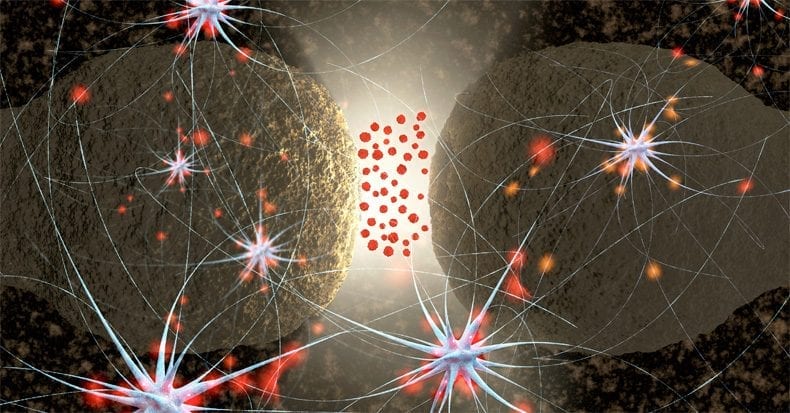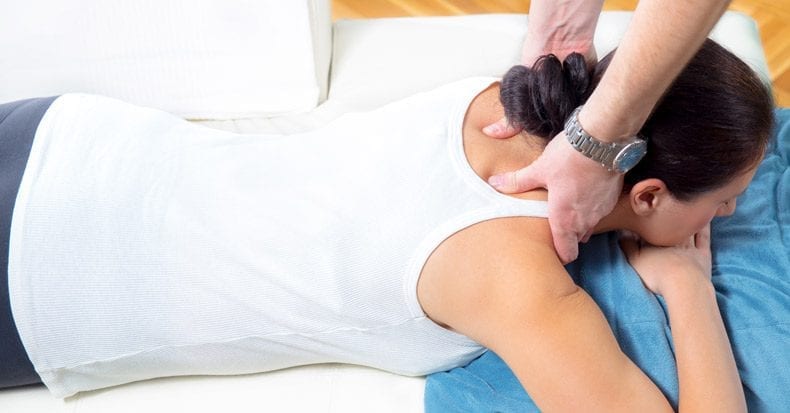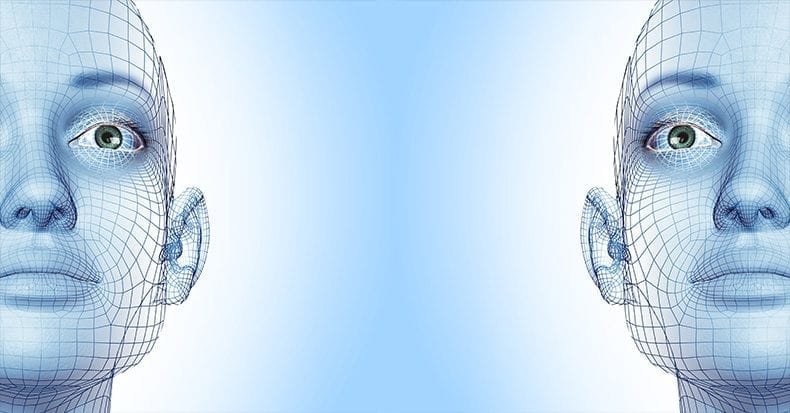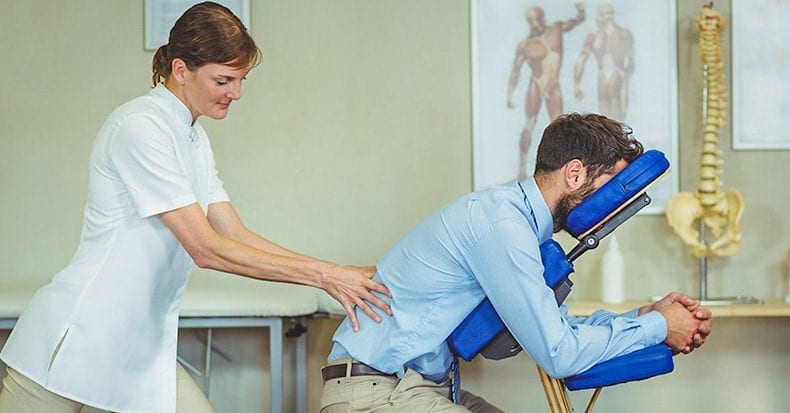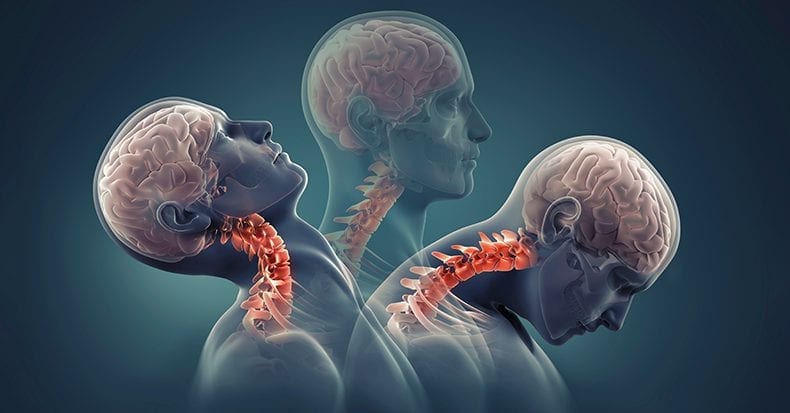The total sum of suffering caused by migraine is higher than any other kind of headache (1). “Migraine is often incapacitating, with considerable impact on social activities and work, and may lead to significant consumption of drugs.” (1) The diagnosis of migraine is made clinically. There are no blood tests, imaging, or electro-physiologic tests to […]
Chiropractic and Pain
Science, Genetics, and Physiology
Background Some may not know that before an individual can enter chiropractic college/university, they must first attend undergraduate college. The vast majority of modern chiropractors have undergraduate degrees, primarily in the sciences (science is a requirement for chiropractic college acceptance). In fact, many chiropractic colleges/universities also have programs to educate and grant accredited undergraduate science […]
Acute Non-Traumatic Neck Pain: Understanding the Meniscoid Entrapment Syndrome and Specific Spinal Manipulation
Kim was 19 years old, athletic, physically fit, and had never suffered from a neck injury or an episode of prior neck pain; her past history was completely unremarkable. While showering earlier that morning, she turned to reach for a bar of soap. She immediately experienced a sharp zap of left–sided neck pain. The pain […]
Safety Comparison: Allopathic vs. Chiropractic Healthcare
All healthcare disciplines are associated with risks of injury or death. Rare but sensational occurrences are often exploited by the media, leading the public to believe that rare events are commonplace. In contrast, common occurrences are often under reported, leading the public to have higher confidence in the safety of certain healthcare disciplines and procedures. […]
Managing Pain with the Chiropractic Adjustment
Pain is a big problem in America. Of the 238 million adults in America, approximately 116 million suffer from chronic pain (1, 2, 3). The majority of pain and its suffering are musculoskeletal, and is quantified by body region as follows (4): Lower-Back Pain 28.1% Knee Pain 19.5% Severe Headache 16.1% Neck Pain 15.1% Shoulder […]
Neck Pain, The Eyes, and The Ears (Balance)
The Posterior Cervical Sympathetic Syndrome The Syndrome of Barre-Lieou The blood flows to the brain through two arterial systems: Anterior Circulation (branches from the internal carotid arteries) Posterior Circulation (branches from the vertebral arteries) The dividing line between the Anterior and Posterior circulation of the brain is the Posterior Communicating Arteries. The diameter of […]
Chiropractic v. Physical Therapy For Back Pain
There are 18 chiropractic colleges in the United States: Cleveland Chiropractic College – Kansas City, KS D’Youville College – Buffalo, NY Life Chiropractic College West – Hayward, CA Life University – Marietta, GA Logan University – Chesterfield, MO National University of Health Sciences – Lombard, IL New York Chiropractic College – Seneca Falls, NY Northwestern […]
Concussion, The Cervical Spine, and Spinal Manipulation
Mild traumatic brain injuries are also known as concussions. It is estimated that these injuries have a prevalence of 3.8 million per year in the United States (1). Despite this high incidence, mild traumatic brain injuries and concussions are one of the least understood injuries facing the sports healthcare and the neuroscience communities today (2). […]
New Understanding of Whiplash-Injury Chronicity
Tissue injury/trauma results in an inflammatory cascade (1, 2). This inflammatory cascade alters the threshold of the tissue nociceptors, which is why tissue injury is usually painful (3). The resolution of this inflammatory cascade is fibrosis/scar, a fibrous tissue response (4, 5, 6, 7, 8, 9, 10, 11, 12, 13, 14). This tissue fibrosis/scar will […]
A Plausible Link Between the Brain, the Cervical Spine, and Cerebral Spinal Fluid Flow
Front End Story Jim McMahon was a great football quarterback. He was a two-time All-American at Brigham Young University. He was a first round National Football League (NFL) pick (number 5 overall). In the NFL he played for the Chicago Bears, San Diego Chargers, Philadelphia Eagles, Minnesota Vikings, Arizona Cardinals, Cleveland Browns, and Green Bay […]
- « Previous Page
- 1
- …
- 9
- 10
- 11
- 12
- 13
- …
- 23
- Next Page »

